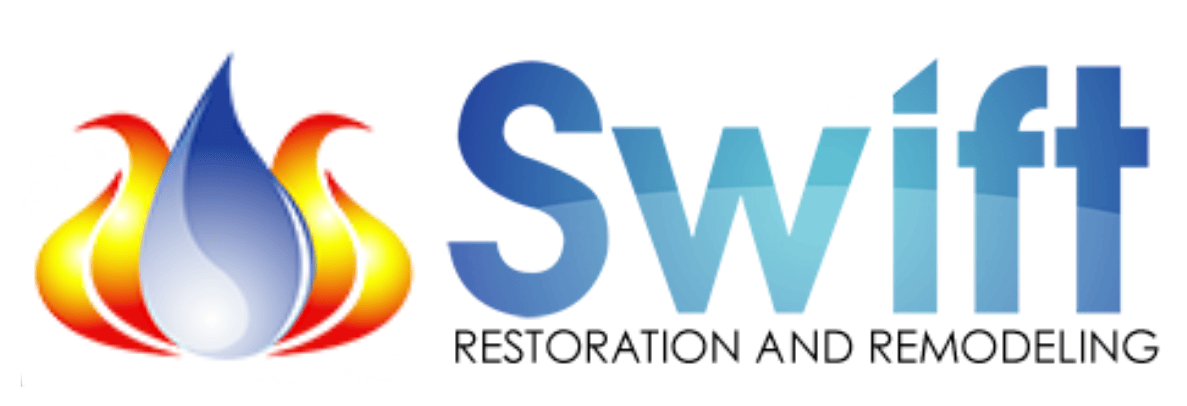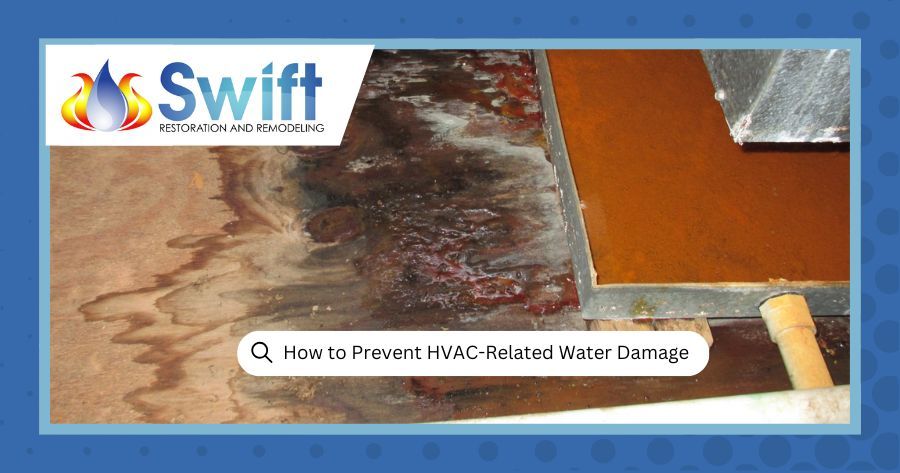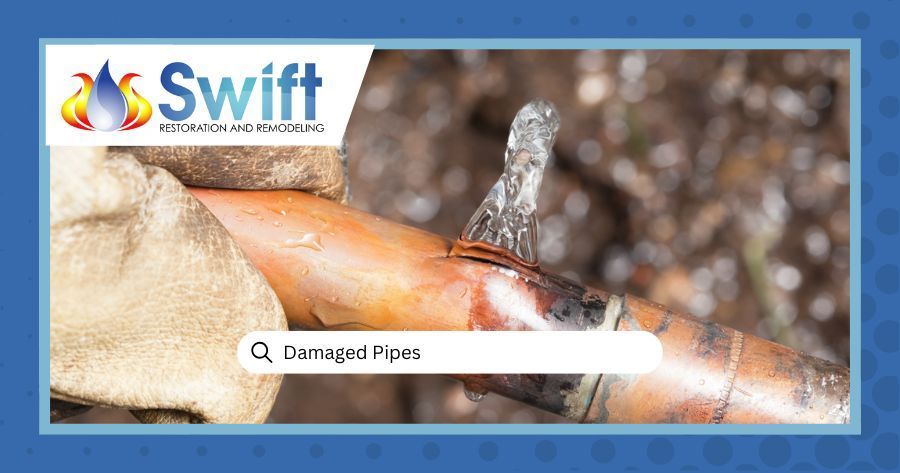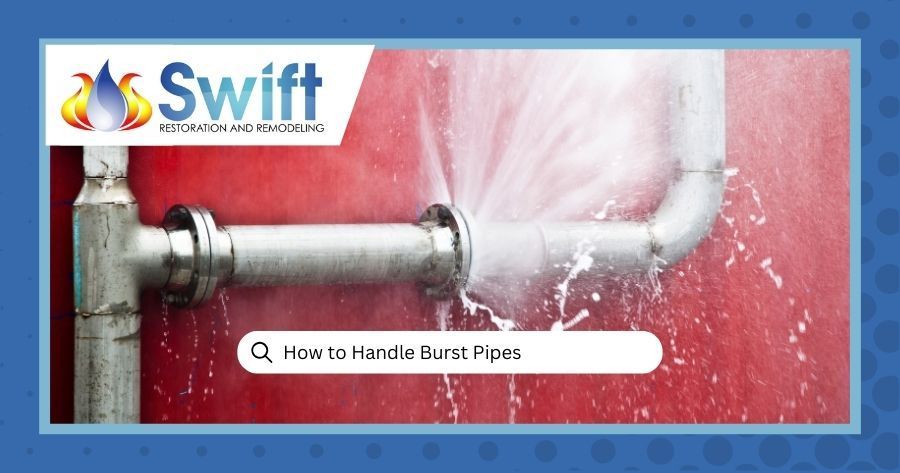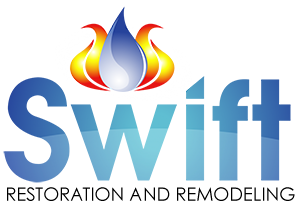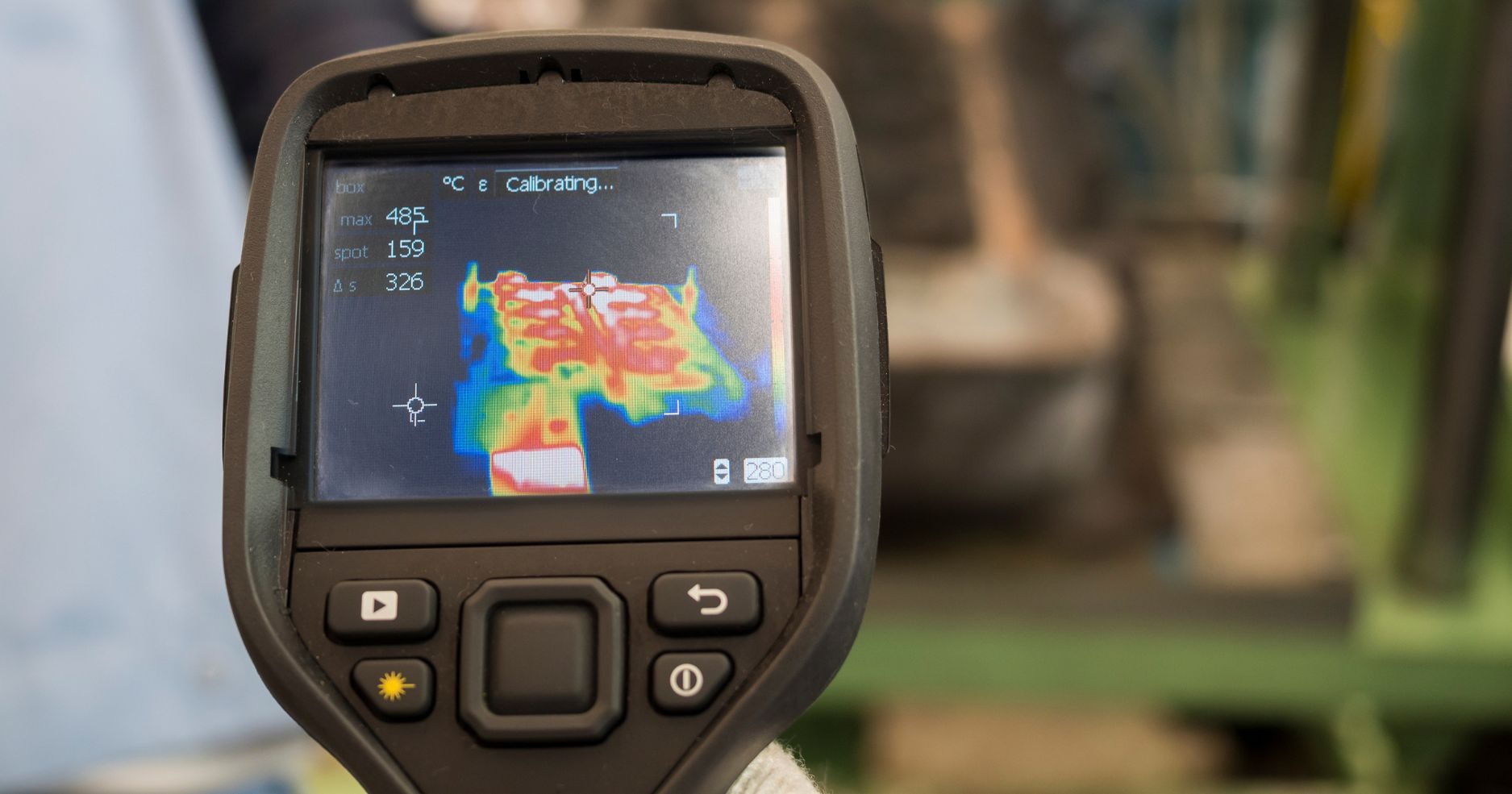
Water damage can wreak havoc on your property, leading to costly repairs and potential health hazards. Understanding the importance of water damage assessment is crucial. Effective water damage assessment is the first step towards successful water damage restoration in Ogden or any other city. In this blog, we will explore what water damage assessment involves, why it is needed, and how professionals carry it out. Let’s dive in!
What is Water Damage Assessment?
Water damage assessment is the process of inspecting and evaluating the extent of water damage to a property. It involves identifying the source of the water, the extent of the damage, and the affected areas. While assessment and evaluation are often used interchangeably, assessment typically refers to the initial inspection, while evaluation involves a more detailed analysis of the damage.
Why Water Damage Assessment Is Important
Accurate water damage assessment is vital to prevent further damage and minimize risks. Neglecting water damage can lead to structural issues, mold growth, and health problems. By catching signs of water damage early and conducting a precise assessment, you can plan effective restoration efforts and reduce long-term impacts.
Steps to Assess Water Damage
Understanding each step in the assessment process helps ensure that no detail is overlooked and that the actions needed are taken to prevent further damage. Here’s a detailed overview of how to assess water damage, from the initial inspection to thorough documentation.
Step 1: Initial Inspection and Safety Measures
The first step in assessing water damage is an initial inspection while ensuring safety measures are in place. This involves checking for hazards like electrical risks and structural weaknesses.
Step 2: Identifying the Source of Water Damage
Determining where the water is coming from is key. It could be due to a burst pipe, a leaking roof, or natural flooding. Identifying the source helps in stopping the water flow and planning appropriate repairs.
Step 3: Determining the Extent of Damage
Next is assessing how far the water has spread. This involves checking all affected areas, including walls, floors, ceilings, and personal belongings.
Step 4: Evaluating the Affected Areas
A thorough evaluation of the affected areas is necessary to understand the seriousness of the damage. This includes inspecting structural components and checking for mold or mildew.
Step 5: Documentation and Reporting
Documenting the damage with photos and detailed reports is needed for insurance claims and planning the restoration process.
Tools and Techniques for Water Damage Evaluation
Professionals use many tools and techniques for effective water damage evaluation, including moisture meters, thermal imaging cameras, and hygrometers. These tools help in accurately detecting moisture levels and assessing hidden water damage.
The Role of IICRC in Water Damage Assessment
The Institute of Inspection, Cleaning, and Restoration Certification (IICRC) sets industry standards for water damage assessment and restoration. Following IICRC guidelines ensures that the assessment is thorough and reliable, leading to effective restoration.
Water Damage Categories and Classes
According to IICRC, water damage can be categorized into 3 categories and 4 classes.
Category 1: Clean Water
- From clean sources like broken water lines.
Category 2: Gray Water - Contains some contaminants, like water from a dishwasher.
Category 3: Black Water - Highly contaminated, such as sewage water.
Classes range from minimal absorption (Class 1) to specialty drying situations (Class 4), like unseen water damage in hardwood floors or plaster walls.
Class 1: Minimal - A small area with minimal absorption.
Class 2: Significant - A larger area with fast absorption.
Class 3: Extensive - Water coming from overhead, affecting walls, ceilings, and insulation.
Class 4: Specialty Drying Situations - Areas requiring special drying techniques, such as hardwood floors or plaster walls.
Common Challenges in Water Damage Assessment
Assessing water damage can present several challenges, such as:
- Hidden Moisture:
Water can seep into hidden areas such as behind walls, under floors, or within ceilings, making it challenging to detect without specialized equipment.
- Structural Damage: Water damage can affect the structural stability of a building, weakening materials like wood or drywall. Identifying and assessing structural damage is needed to ensure the safety and stability of the property.
- Health Risks from Mold: Excessive moisture can lead to mold growth, which presents health risks to occupants and can worsen respiratory issues. Detecting and tackling mold contamination is important during the assessment process to safeguard the health of individuals and prevent further spread.
Overcoming these obstacles often requires professional expertise and advanced tools.
How Water Damage Assessment Informs Restoration Efforts
An accurate assessment is the foundation of effective restoration. By understanding the extent and severity of the damage, professionals can plan targeted restoration efforts. For example, water damage restoration in Ogden often relies on detailed assessments to ensure all affected areas are tackled, preventing future issues.
Professional Water Damage Assessment Services
Hiring professionals for water damage assessment offers several benefits, including expertise, advanced tools, and adherence to IICRC standards. When looking for assessment services, consider their experience, certifications, and customer reviews.
DIY vs. Professional Water Damage Assessment
While minor water damage can sometimes be assessed by homeowners, significant or hidden damage requires professional evaluation. DIY assessments will miss hidden water damage issues, which lead to further damage and costs. Professional assessment not only ensures spot-on detection of water damage but also provides expert guidance on mitigation strategies, ultimately saving time, money, and future headaches.
Contact Swift Restoration and Remodeling for Professional Water Damage Assessment
If you need a reliable and thorough water damage assessment, contact Swift Restoration and Remodeling. Our team of experts will ensure a thorough evaluation and effective restoration of your property. Don't let water damage compromise your home’s safety and value. Reach out to us today!
